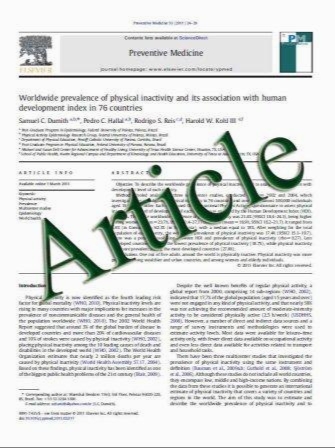Age, cohort and period effects on hip fracture incidence: analysis and predictions from New Zealand data 1974-2007
- نوع فایل : کتاب
- زبان : انگلیسی
- مؤلف : J. Langley & A. Samaranayaka & G. Davie & A. J. Campbell
- چاپ و سال / کشور: 2010
Description
Summary Hip fractures are substantial problem worldwide. The increase in rate with age does not continue into very old age. Rates decline in successive birth cohorts. If the increasing trend in period effect continues, there will be a substantial increase in hip fracture incidence. Introduction The purpose of this study is to (1) determine incidence rates for fracture neck of femur (FNF) for the period 1974-2007, (2) estimate age, cohort, and period effects, and (3) predict the burden of FNF in 2025. Methods Age adjusted incidence rates were estimated using New Zealand hospital discharge data for 1974-2007. Ageperiod- cohort modeling was used to estimate individual effects of these factors after adjusting for the other two factors. Future fracture burden was estimated under two scenarios. Results Age-adjusted rates for women increased from 1974 to 1987 whereas rates for men have increased from 1974 until 2007. Risk increased from 70 years of age but dropped among the very elderly. Period effects showed a steady increase in risk throughout 1974-2007. In contrast, the risk was lower in later cohorts. If there is no change in the period effect from 2007 we estimate a reduction in the burden of illness from FNF, especially for women. However if the period effect continues to increase, there will be substantial increases in FNF incidence, especially for men. Conclusions The effect of population aging on FNF incidence is predictable because projections are based on an existing population. The increasing health and improvement in measures of physical status of older people through the last century, explain the decline in FNF incidence in later cohorts. The steady increase in period effect may be due to increased survival of the very frail. This burden of illness resulting from FNFs must be addressed by population based, research proven approaches to fall and fracture prevention.
Osteoporos Int (2011) 22:105–111 DOI 10.1007/s00198-010-1205-6 Received: 17 November 2009 / Accepted: 3 February 2010 / Published online: 23 March 2010


